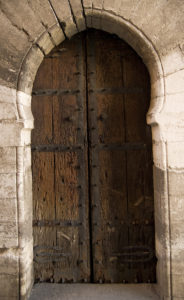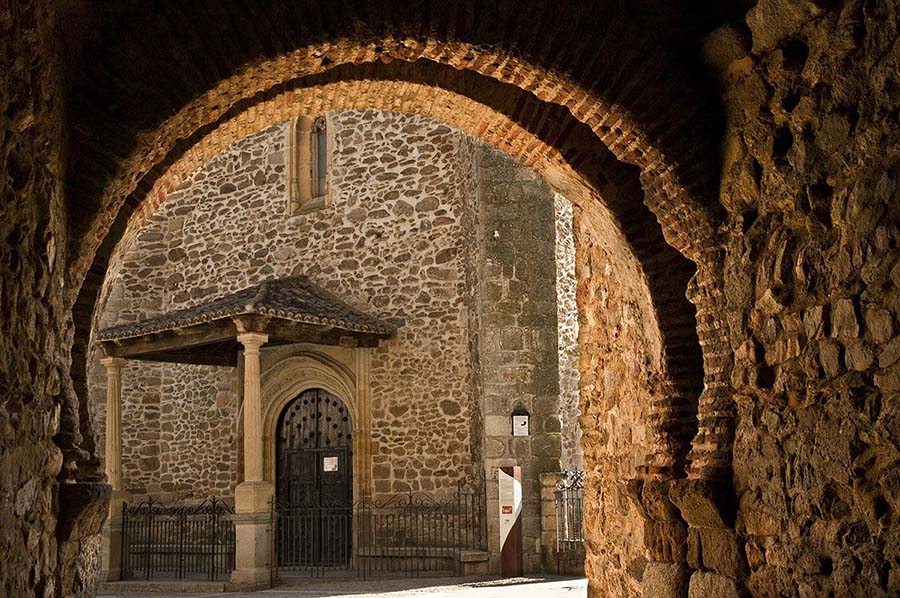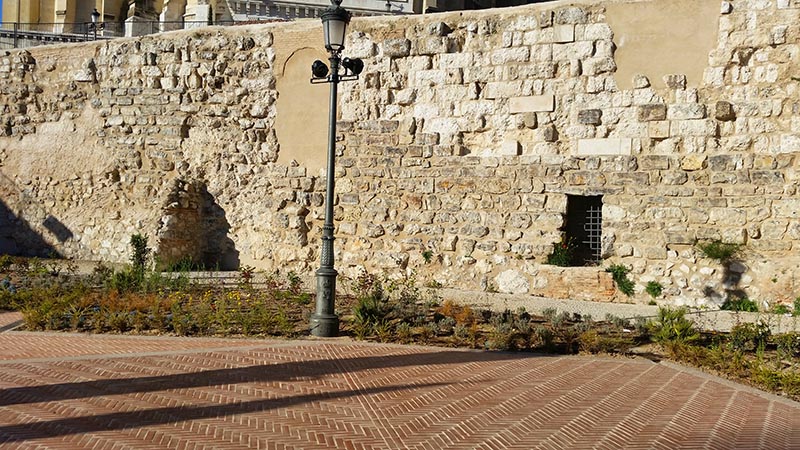Articles, Communications
Jews, yes; but Muslims too. Claims to the new education curriculum of Madrid
Article author: Daniel Gil-Benumeya - FUNCI
Date of publication of the article: 06/03/2020
Year of publication: 2020

FUNCI has presented claims to the new draft decree of the Community of Madrid, in order to modify the education curriculum of the region’s secondary education. This project, which modifies the current Decree 45/2015, aims, among other things, at “answering the claims of Judaism and the Jewish heritage to have a bigger presence in the curriculum of Mandatory Secondary Education”. Even though the draft doesn’t specify the origins of these demands, FUNCI has also presented itself as a claimant, to “submit a similar claim in relation with the need for Islam and the Islamic heritage to have a bigger presence in the curriculum of Mandatory Secondary Education, in similar terms to those of the Jewish heritage, and not necessarily detached from it”.
FUNCI frames its demands in the Recommendation 1162 on the “Contribution of the Islamic Civilization to the European Culture”, adopted in 1991 by the Parliamentary Assembly of the Council of Europe. The need to apply this Recommendation’s spirit has recently been stressed as a necessary tool to face the challenges of today’s Europe, which cannot be understood without the multiculturalism resulting from the last decades’ migrant flows. However, school curricula are still limited by sectarian representations of Islam and Muslims, some of them inherited from the past and others resulting from the clash of civilizations theory. In the best of cases, this translates in a superficial treatment of the Islamic heritage in the Spanish history and culture.
The heritage of Al-Andalus in Madrid
In this sense, FUNCI explains that, for centuries, the region of Madrid was part of Al-Andalus, and that “during that period, there were many important population centers, such as the city of Madrid, the only European capital funded by Muslims”. It also points out that the historic Islamic presence in Madrid lasted for almost 750 years, taking into account the continued existence of Muslim minorities in the region until well intered the Modern Age. In addition, with regard to the importance of this heritage in the creation of a feeling of community and belonging today, FUNCI also reminds that, in the region of Madrid, there are currently 300,000 people of Muslim religion or culture, which accounts for a 4.5% of the population of Madrid.
Finally, the claims submitted remember that the Jewish heritage in the Peninsula has a strong link with Al-Andalus, up to the point that Arabic was the working language for many great Medieval Jewish authors. It can also be added that the Jewish diaspora has kept strong links with the Majority-Muslim lands where they settled after the expulsion of Jews in 1942.
But, specially, the claims alert that “we should not forget that the cultural and religious persecution that took place during the Modern Age affected both Jews and Muslims, and that it was more common for the later”.
But, specially, the claims alert that “we should not forget that the cultural and religious persecution that took place during the Modern Age affected both Jews and Muslims, and that it was more common for the later”. The well-known decree of expulsion of Jews in 1492 was followed by similar measures against Muslims, that resulted in the expulsion of the Moorish population in 1609. This milestones of oppression are less well-known by the public in general (particularly among students), and don’t count with the institutional support and recognition that the Jewish culture has. Thus, the importance of equating the visibility of both groups and their –frequently intermingled– contributions to the Spanish history and culture.



